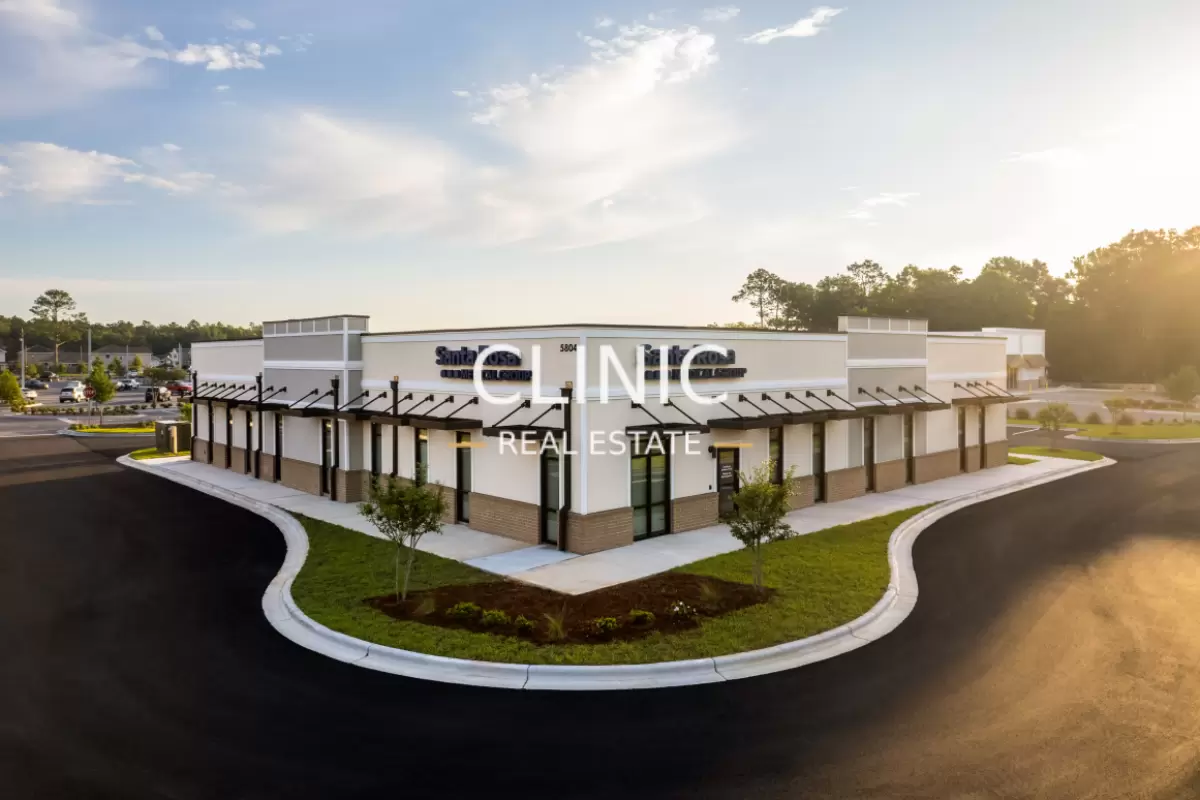News & Articles
 General
General
Real Estate Investment in the Healthcare Sector: Opportunities, Advantages and Considerations
Buying real estate in the healthcare sector has become a very attractive option for investors in recent years. An aging population, increasing demand for healthcare services and the need to expand healthcare infrastructure has led to a boom in the healthcare real estate market. Healthcare real estate such as hospitals, clinics, nursing homes, medical centers and private practices offer significant opportunities for both healthcare providers and investors.
Advantages of Health Real Estate Investments
Buying real estate in the healthcare sector has several advantages. Firstly, the demand for healthcare services is constantly increasing. An aging population, the rise in chronic diseases and the development of medical tourism ensure that demand in this area remains stable or increases. Investing in healthcare real estate is generally considered a low-risk investment with stable returns over the long term.
Healthcare real estate usually has long-term tenants. Businesses such as hospitals, clinics or nursing homes are institutions that do not move frequently and have long-term occupancy plans. This provides the property owner with long-term rental income, making this type of investment more stable than commercial real estate.
Also, healthcare real estate can be more advantageous in countries with private health insurance and government incentives. For example, health centers or health tourism-oriented projects supported by government incentives can offer higher returns to investors. In this way, investors can both contribute to a field with high social benefits such as the health sector and gain financially.
Which Types of Health Properties are Preferable?
When investing in real estate in the healthcare sector, it is very important which type of real estate to choose. Depending on business objectives and investment strategies, different types of real estate can be chosen.
Hospitals and Clinics: They are large-scale healthcare providers and are usually high-cost investments. However, they can offer great returns in the long run. High patient capacity, continuously needed services and government subsidies make these properties attractive.
Nursing Homes and Elderly Care Centers: Due to the aging population, the demand for nursing homes is increasing day by day. The rapid increase in the elderly population, especially in regions such as Europe and North America, increases the need for such facilities. They can be a long-term, stable source of income for investors.
Medical Centers and Polyclinics: For those looking for smaller scale investments, polyclinics and medical centers can be attractive. Such facilities are centers where doctors with various specialties come together and provide services to a wide range of patients. In addition, projects for health tourism could also be considered. As the interest of foreign patients in health services in countries like Turkey increases, investments in this field can also yield big profits.
Property Purchase Process in the Health Sector
There are some important factors to consider when purchasing real estate in the healthcare sector. First, the location of the property is of great importance. The proximity of the healthcare property to city centers, transportation facilities and the surrounding healthcare infrastructure should be taken into consideration. In addition, being in a location that is easily accessible to healthcare providers and patients provides a great advantage.
Secondly, the physical conditions and legal status of the real estate to be purchased should be examined in detail. Healthcare real estate can often be subject to more complex regulations than standard commercial real estate. In particular, the infrastructure required for the provision of healthcare services (electricity, water, appropriate installations for medical devices, etc.) and compliance with building regulations should be checked.
Investors can also manage the leasing process professionally by cooperating with companies operating in the healthcare sector. Long-term lease agreements are possible and tenants with experience in healthcare services can increase the security of the investment. Demand for healthcare real estate is generally less affected by economic crises, making investments in the sector more stable.
Risks and Cautions
As with any investment, there are risks involved in healthcare real estate investments. In particular, changes in legal regulations related to health services and new practices that local governments may introduce may affect the future of investments. In addition, the financing and maintenance costs of the property should also be taken into account.
In conclusion, buying real estate in the healthcare sector stands out as an investment option that can provide long-term and stable returns. However, before investing, careful research should be conducted, professional consultants should be hired and market conditions should be closely monitored. The prediction that the demand for healthcare services will continue to increase makes investments in this field even more attractive.

